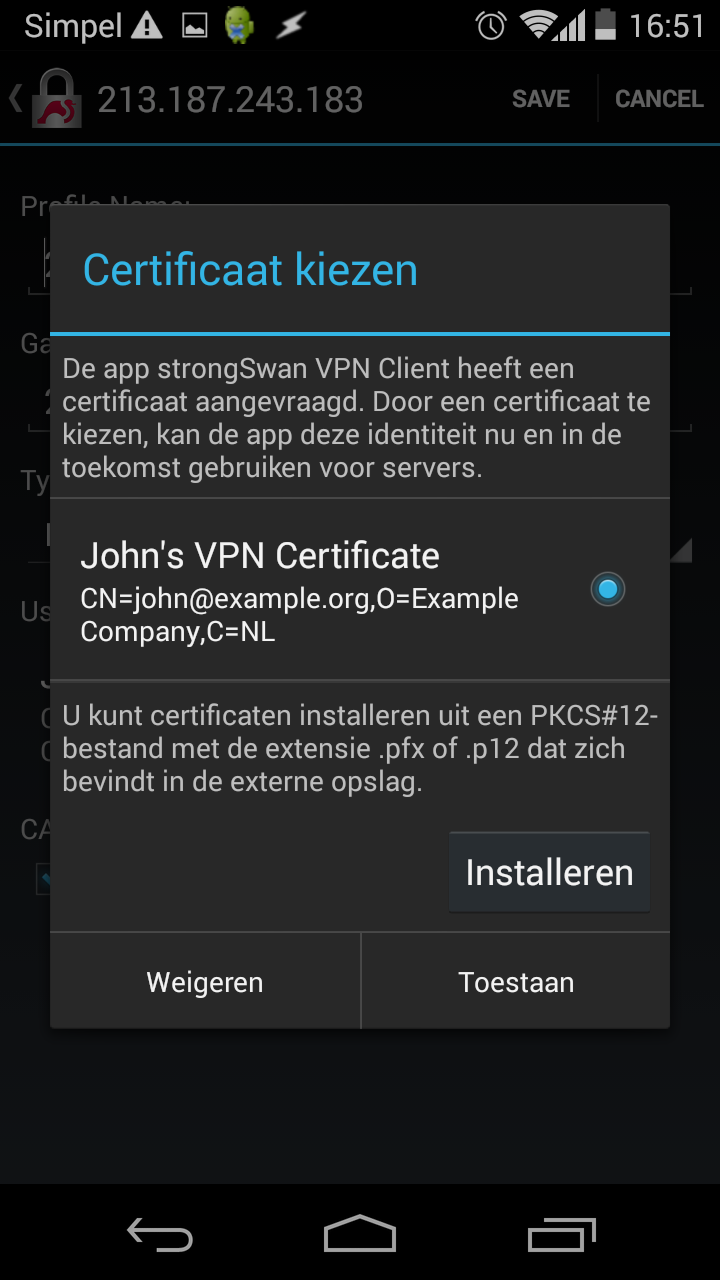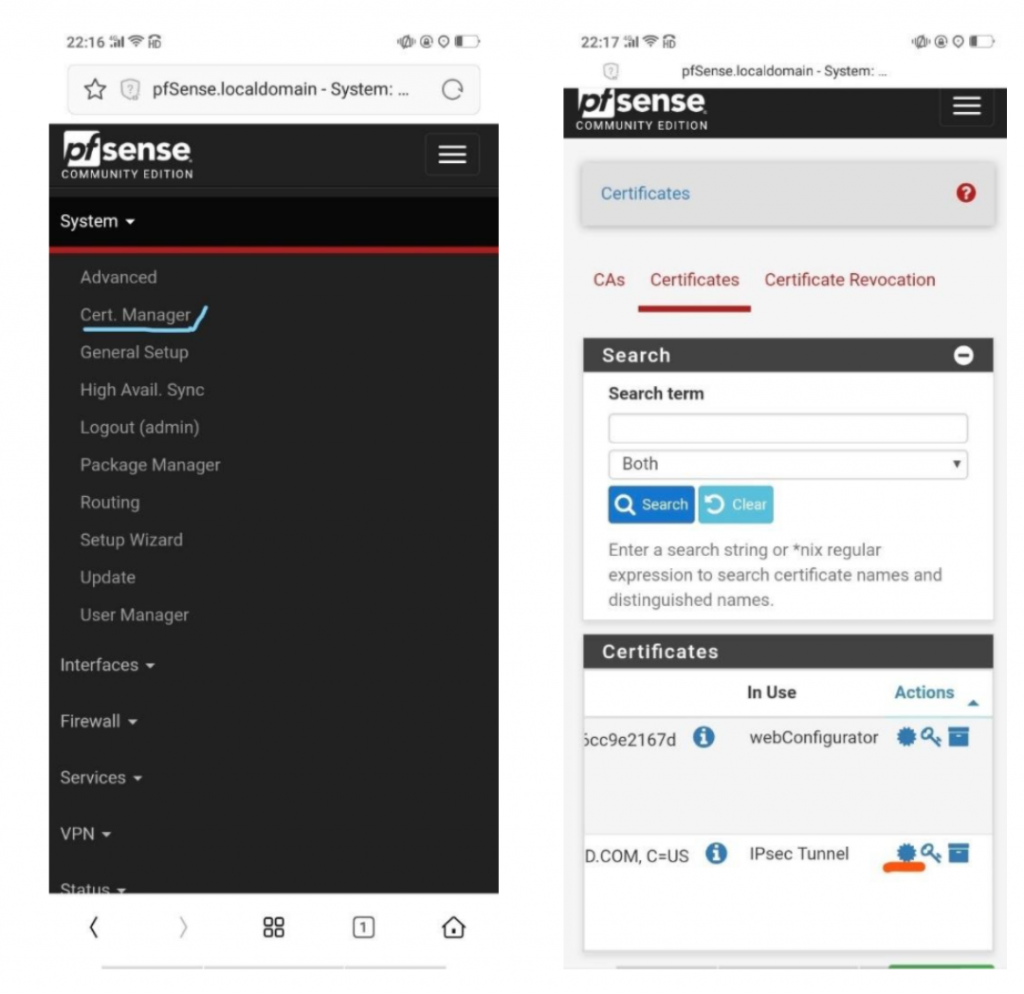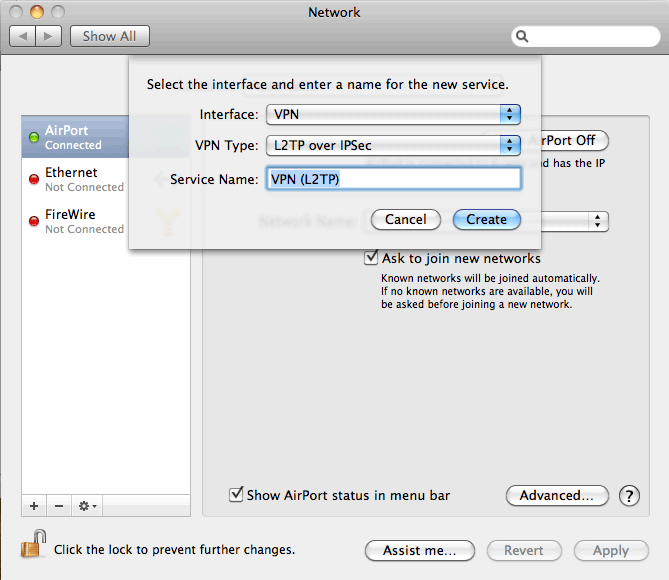
IPsec connection is established between a Sophos Firewall device and a third-party firewall. Tunnel established but traffic stops later

During the phase 2 negotiation, the local and remote subnets specified on the firewalls didn't match. See the following image:Įnter the following command: ip xfrm policy You can see that the SA (Security Association) isn't shown. Sign in to the CLI and click 5 for Device management and then click 3 for Advanced shell.Įnter the following command: ipsec statusall.Phase 1 is up\ Remote peer reports INVALID_ID_INFORMATION If they match, check the remote firewall logs for the cause.Make sure the phase 2 settings for encryption and authentication algorithms and DH group match on both firewalls.The remote firewall shows the following error message: NO_PROPOSAL_CHOSEN Phase 1 is up\ Initiating establishment of Phase 2 SA\ Remote peer reports no match on the acceptable proposals

Remote peer reports no match on the acceptable proposals
Strongswan certificate not showing up in mac vpn settings update#
Update the local and remote ID types and IDs with matching values on both firewalls.Įrror on decryption of the exchange\ Information field of the IKE request is malformed or not readableĬause: The cause is likely to be a preshared key mismatch between the two firewalls.Check the logs on the remote firewall to make sure the mismatch of ID types has resulted in the error.Example: You've configured the local firewall's IPsec connection with Local ID set to IP address, but the remote firewall is configured to expect a DNS name. Remote peer reports we failed to authenticateĬause: The remote firewall couldn't authenticate the local request because the ID types don't match. We have successfully exchanged Encryption and Authentication algorithms, we are now negotiating the Phase 1 SA encryption (hashing) key The strongSwan log shows the following messages: If all the settings match, the remote firewall administrator must check the configuration at their end since the remote firewall has refused the connection.Gateway address: The peer gateway address you've entered on the local firewall matches the listening interface in the remote configuration.Phase 1: Encryption, authentication, and DH group.Make sure the VPN configuration on both firewalls has the same settings for the following:.The strongSwan log shows the following error message: Remote peer is refusing our Phase 1 proposalsĬause: Mismatched phase 1 proposals between the two peers.

Open the following log file: /log/strongswan.log Remote peer refuses Phase 1 proposal This page helps with troubleshooting errors that relate to this error message: IPsec connection could not be established dgd.log: Dead Gateway Detection (DGD) and VPN failover log.strongswan-monitor.log: IPsec daemon monitoring log.charon.log: IPsec VPN charon (IKE daemon) log.Sophos Firewall uses the following files in /log to trace the IPsec events: Sophos Connect client Sophos Connect clientĬommon configuration errors that prevent Sophos Firewall devices from establishing site-to-site IPsec VPN connections.SSL VPN (remote access) SSL VPN (remote access).IPsec remote access group authentication.IPsec (remote access) IPsec (remote access).Create an L2TP remote access connection.Create a remote access SSL VPN with the legacy client.

Configure remote access SSL VPN with Sophos Connect client.Configure IPsec remote access VPN with Sophos Connect client.SSL VPN (site-to-site) SSL VPN (site-to-site).Tunnel established but traffic stops later.Remote peer reports no match on the acceptable proposals.Troubleshooting site-to-site IPsec VPN Troubleshooting site-to-site IPsec VPN Table of contents.Comparing policy-based and route-based VPNs.Use NAT rules in an existing IPsec tunnel to connect a remote network.Configure NAT over IPsec VPN for overlapping subnets.Create a route-based VPN (any to any subnets).IPsec VPN with firewall behind a router.


 0 kommentar(er)
0 kommentar(er)
